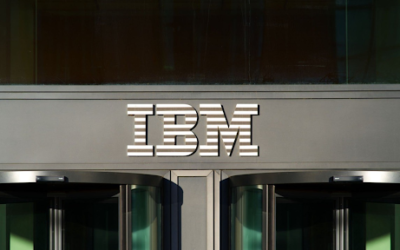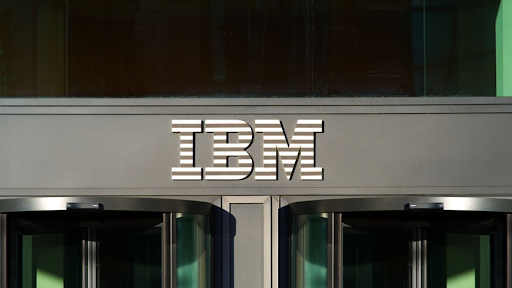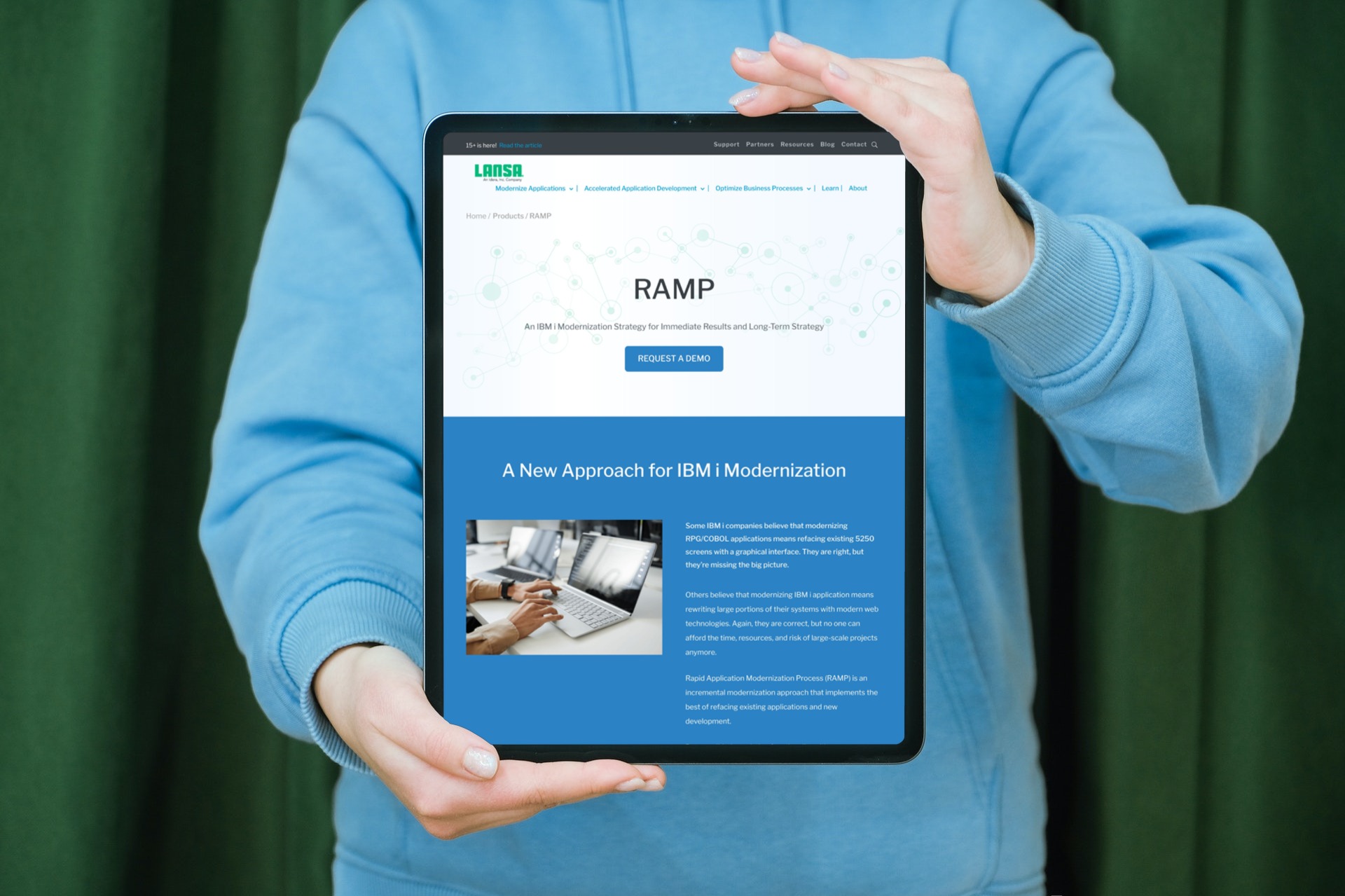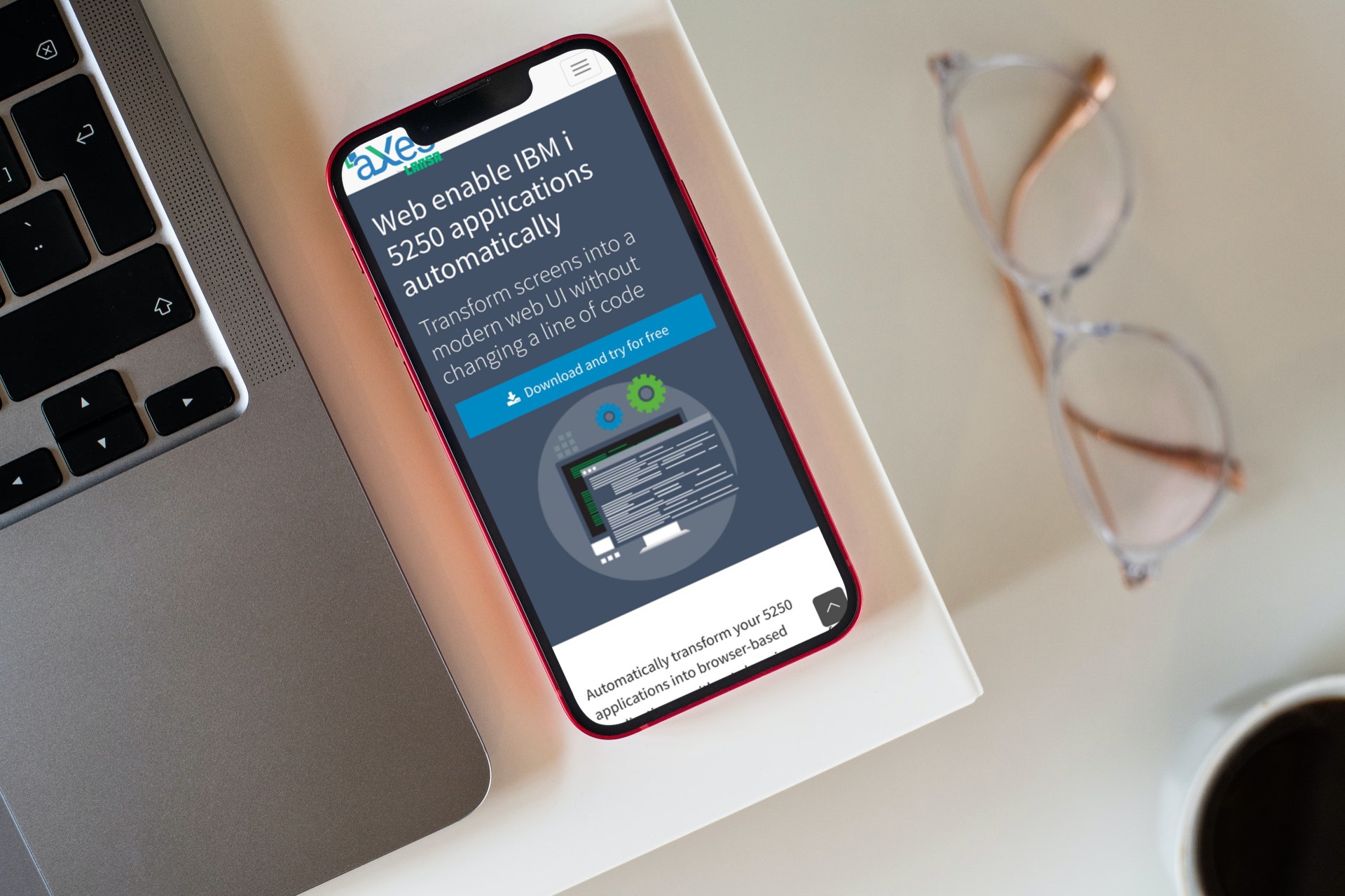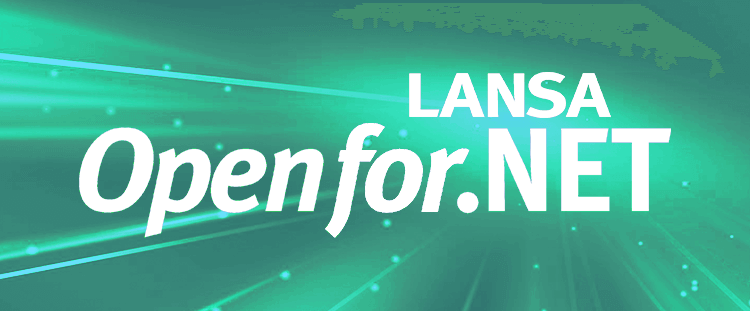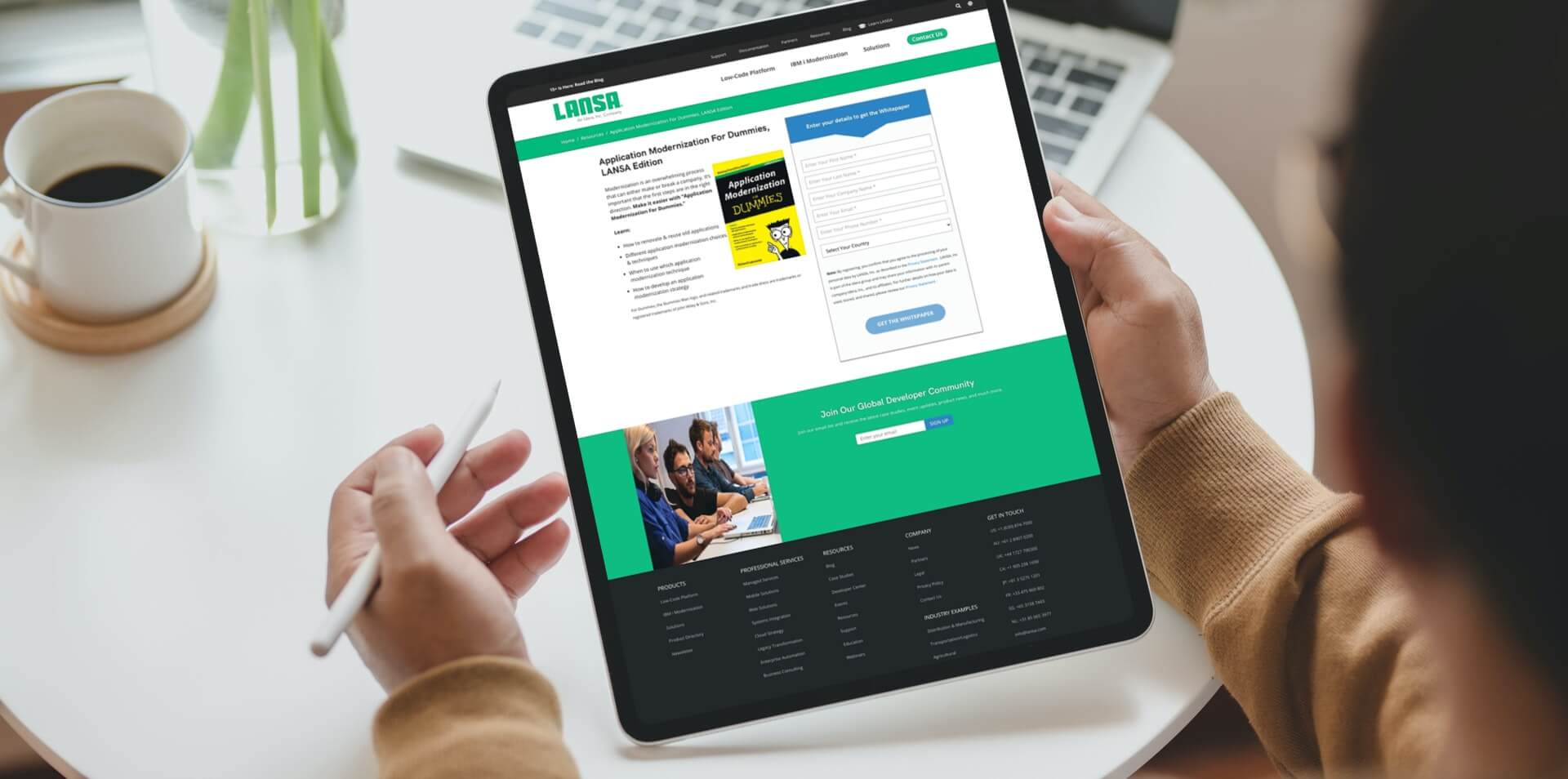There are many challenges when undertaking a legacy application modernization project on the IBM i. Things like rapidly changing market conditions, low developer productivity due to lack of talent with IBM i domain knowledge, and high cost of maintenance can all contribute to modernization complexity. We looked for our top 8 resources for addressing IBM i modernization and listed them below. These are blog posts that we have written that have proven popular with our customers.
They address things like web application routing, supply chain transformation, hybrid low-code development, AI through APIs, budgeting a modernization project, tackling Industry 4.0, progressive web apps, and finally how to deal with ambiguity in modernization requirements. Keep reading to take a deeper dive into each of these legacy application modernization resources and then select the resource to find out more.
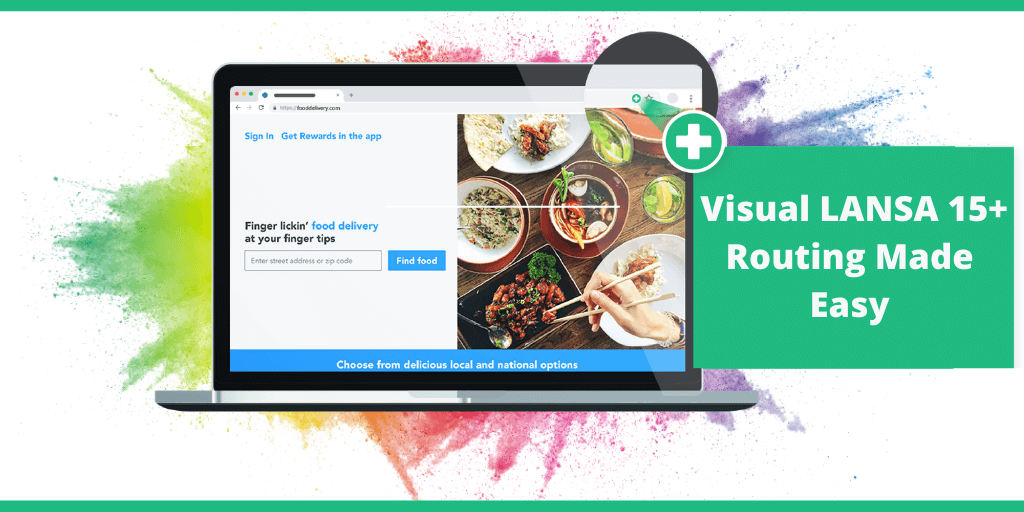
What is server side and client side routing?
You may be wondering what exactly routing is when it comes to your web applications. At its simplest, routing is the process by which you send an end-user to different pages or views on an application. Pages then render and display their UI components. Think about the ways in which you interact with a website. When we open a page and click on a link, that ‘click’ is preceded by a change in the URL, which then displays new data or a new page of the application.
Find out more about how you can use routing when modernizing IBM i applications.

What are some of the challenges with modernizing supply chains?
Supply Chain is becoming increasingly complex and unpredictable. From raw materials for manufacturing to food supply chains, the journey from source to production to delivery to consumers is marred with inefficiencies, manual processes, shortages, recalls, counterfeits, and scandals. The COVID-19 pandemic has made matters worse, as we can see with the numerous deficiencies in food, medical equipment, and even manufacturing components across the globe.
Find out more about modernizing your legacy IBM i applications through low code.
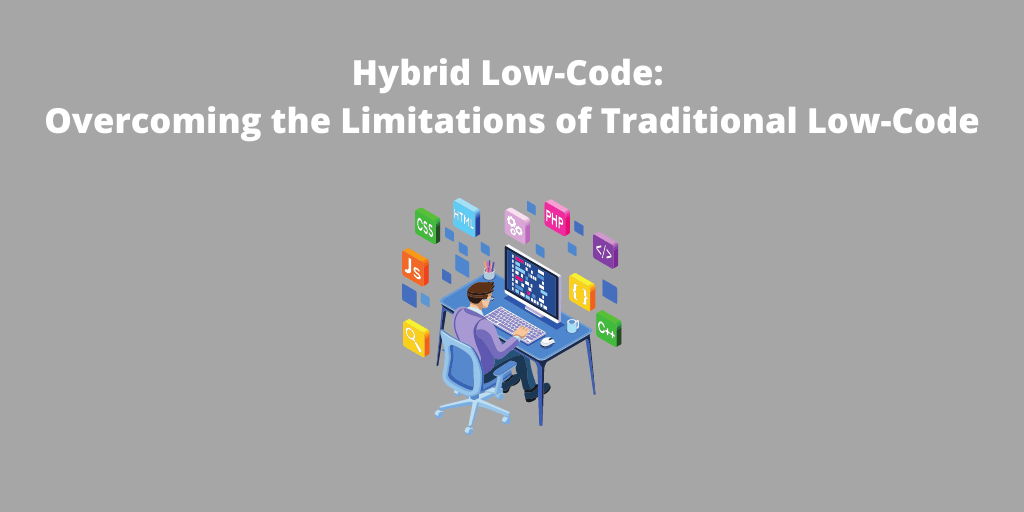
What are some of the limitations of traditional low-code?
True low-code platforms have fallen short of delivering exactly what businesses need in core apps. In response, companies have had to use traditional coding to create functionality not offered by low-code. And, while low-code platforms continue to tout their ease of use and speed of app development, they often neglect to mention the extra steps needed to create core business apps. These extra steps can be costly and time consuming as well as place an additional burden on developers already struggling to keep up with app demand.
Find out more about how modernizing through hybrid low-code can increase IBM i productivity.
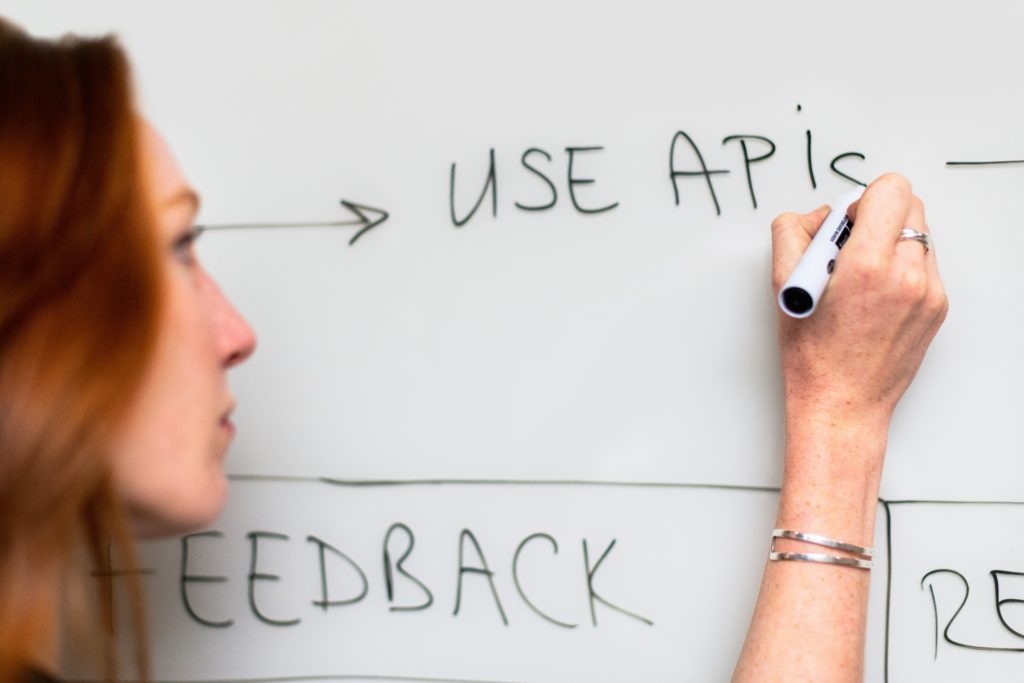
How can we supercharge our digital transformation and application modernization efforts through APIs?
Today, digital transformation is no longer a luxury wish list item or a nice-to-have option for companies that can afford to take the plunge. Instead, digital transformation is a very real and pressing necessity. This is especially true for all businesses that plan to avoid being wiped out by their competition and stay in the game for years to come. APIs are an incredibly accessible technology that can provide a company with amazing capabilities that were unimaginable for a small or medium company just a few years ago.
Find out more about 10 APIs that can supercharge your IBM i legacy modernization.

Is the future of AI going to be low-code?
Among today’s biggest technology trends, artificial intelligence (AI) is probably the most universally welcomed and praised. The majority of businesses across industries recognize the enormous potential of this technology. As A result, they are willing to adopt it as soon as possible. A widening AI talent gap is probably the biggest challenge for businesses wanting to utilize AI technologies in 2021. As companies rush to join the new high-tech innovations race, the demand for all tech specialists has increased. Unfortunately, the supply can’t catch up, especially in the AI field.

Is it possible to do IBM i legacy application modernization on a budget?
In the enterprise IT world of today, digital transformation is on everyone’s mind. The media talks about the Fourth Industrial Revolution (also known as Industry 4.0) all the time. They are busy highlighting the business benefits of enterprise system modernization and the technologies driving it, such as AI (artificial intelligence), ML (machine learning) and Big Data.
Even though the benefits of digital transformation are very real and very achievable, Industry 4.0 is just beginning to unfold. The majority of enterprises today still use outdated IT systems and legacy applications.
Find out more about launching your IBM i digital transformation efforts without breaking the bank.
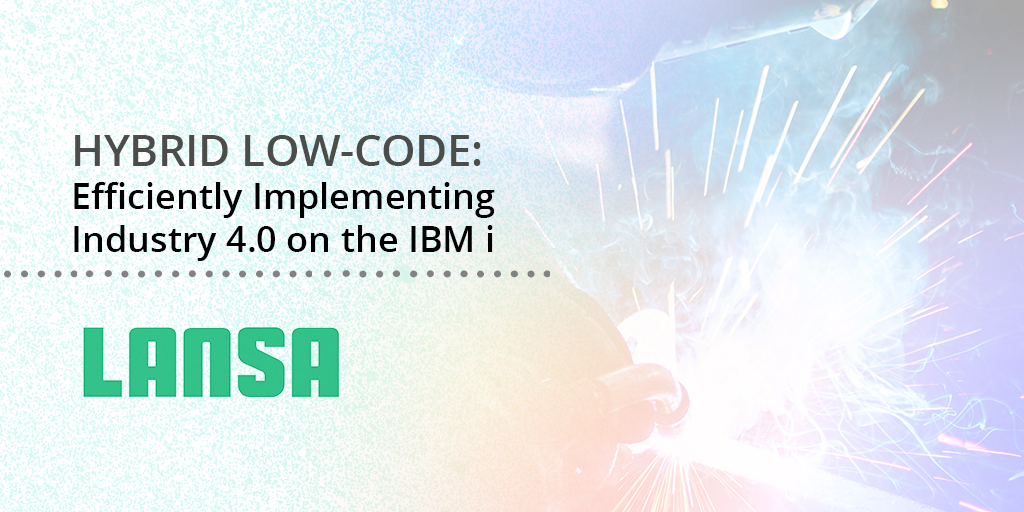
How do I efficiently implement Industry 4.0 on the IBM i?
The need for optimization and to implement industry 4.0 concepts has never been greater than right now. The year 2020 was challenging for manufacturing as businesses had to deal with several issues stemming from the global pandemic. From workforce shortages and supply shortages to a downturn in the economy, 2020 was quite the hurdle. The need to automate, optimize, and become more efficient in all aspects of manufacturing became rather apparent.
Saying you need to optimize and actually implementing those changes effectively are quite different though. What should be optimized first? What exactly do we need to analyze? Too much data and irrelevant data can be as bad, if not worse, than not enough data. How can manufacturing really be agile?
Find out more about how to implement Industry 4.0 efficiently on the IBM i and other platforms.
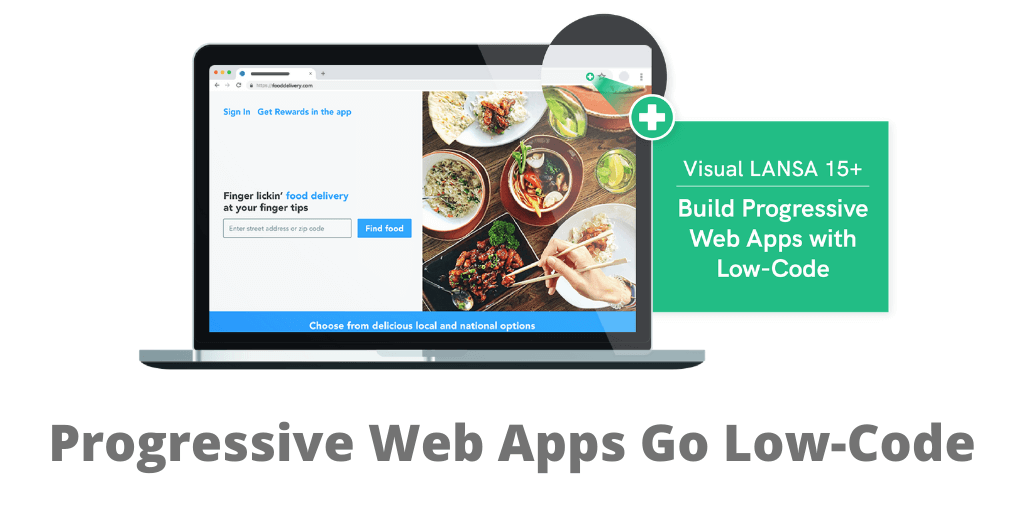
How can I incorporate Progressive Web Apps into my modernization strategy?
Cache plays a vital role in enabling PWAs to be so versatile. The ability to cache resources allows for greater app performance. It also reduces network load in areas of low connectivity or slow service. Visual LANSA V15+ makes it easy for developers to set their caching strategies and select which resources they cache. Developers simply select the cache strategy and then drag and drop assets they want to cache when end users visit the site or use the application. The service worker automatically caches any assets the developer defines. This makes making V15+ the easiest way to create PWAs.
Find out more about deploying Progressive Web App clients for IBM i modernization.
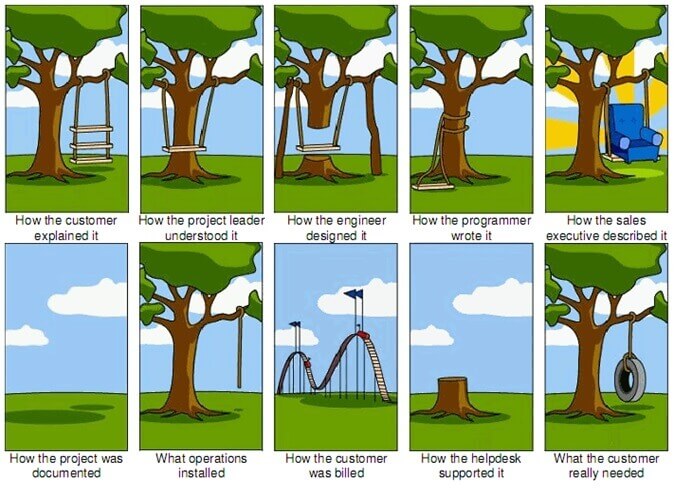
How do I address ambiguity during application modernization?
The lesson of the Tower of Babel, possibly the first post-project review in historical records, is that communication failure within the team will cause project failure. In today’s projects, often staffed by cross-functional teams spread across the globe, this communication challenge persists. Complexity demands agility and constant risk assessment in problem definition, solution and design tool architecture, organizational structures and market forces. To ensure that you produce the required project deliverables, you need careful careful planning and monitoring to manage both the process and the quality of the requirement specifications, in all documentation and review steps.
Find out more about how to address ambiguity during IBM i legacy modernization.
Ready to start modernizing your IBM i applications?
Now that you have had a chance to investigate our application modernization resources contact us and we can guide you on the next step. There is also a free proof of concept opportunity available where we will help you get started on your first app with LANSA.







